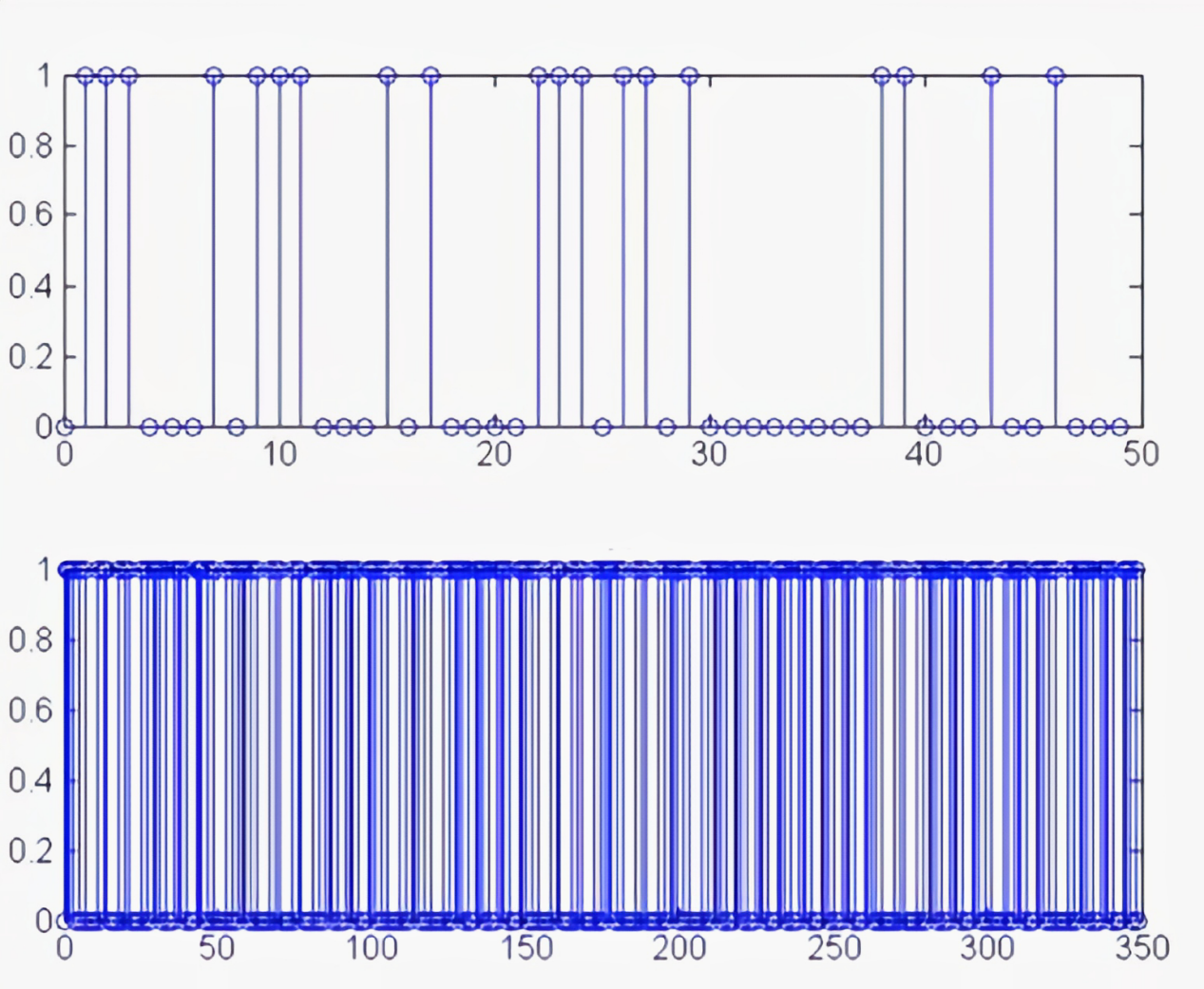
- English
- Español
- Português
- русский
- Français
- 日本語
- Deutsch
- tiếng Việt
- Italiano
- Nederlands
- ภาษาไทย
- Polski
- 한국어
- Svenska
- magyar
- Malay
- বাংলা ভাষার
- Dansk
- Suomi
- हिन्दी
- Pilipino
- Türkçe
- Gaeilge
- العربية
- Indonesia
- Norsk
- تمل
- český
- ελληνικά
- український
- Javanese
- فارسی
- தமிழ்
- తెలుగు
- नेपाली
- Burmese
- български
- ລາວ
- Latine
- Қазақша
- Euskal
- Azərbaycan
- Slovenský jazyk
- Македонски
- Lietuvos
- Eesti Keel
- Română
- Slovenski
- मराठी
- Srpski језик
Overview of communication anti-interference technology
2023-06-27
Communication anti-interference refers to the adoption of various electronic anti-interference measures to maintain smooth communication in dense, complex and varied electromagnetic interference and targeted communication interference environments. Communication anti-interference has the following distinct characteristics: passivity; Progressiveness; Flexibility; Systemic.
Principles of anti-interference technology
1)Frequency hopping technology
Frequency hopping technology is a widely used anti-interference technology in wireless communication, which is widely used in wireless communication systems. The principle of frequency hopping technology is that the working frequency band of a communication system can bounce back and forth based on a specific speed and pattern. It can ensure the carrier frequency to achieve the goal of continuous hopping when using multiple frequency shift keying selection code sequences, and ultimately achieve the purpose of expanding the spectrum.
The characteristics of this anti-interference technology are as follows: the higher the hopping speed, the wider the hopping width, and the higher the anti-interference ability of wireless communication. This anti-interference technology can protect and isolate a certain frequency band, ensuring that it is not affected by various external factors. As shown in the figure below, a certain communication system operates in a frequency band that bounces back and forth between frequency band A and frequency band B, avoiding the red interference area covered by noise:

2)Spread spectrum technology
Among many spread spectrum anti-jamming technologies, Direct-sequence spread spectrum technology is the most widely used, especially in the military field of wireless communications and civil wireless communications in the noise environment. It has the application advantages of strong anti-jamming capability, low interception rate and good concealment performance, which can ensure the quality of wireless communication signals.
Direct-sequence spread spectrum (DSSS) is the most widely used system at present. At the sending end, the direct spread spectrum system extends the sending sequence using a pseudo random sequence to a wide frequency band, and at the receiving end, the same spread spectrum sequence is used for despreading, restoring the original information. Due to the non correlation between interference information and pseudo random sequences, spread spectrum can effectively suppress narrowband interference and improve the output signal-to-noise ratio. For example, a DSSS system generates a 50 bit random binary bit sequence to be sent and performs spread spectrum encoding, as shown in the following figure:

3)Time hopping technology
Time hopping is also a kind of spread spectrum technology. Time Hopping Spread Spectrum Communication Systems (TH-SS) is the abbreviation of time hopping spread spectrum communication system, which is mainly used in Time-division multiple access (TDMA) communication. Similar to frequency hopping systems, time hopping causes the transmitted signal to jump discretely on the time axis. We first divide the timeline into many time slots, which are commonly referred to as time slots in time-hopping spread spectrum communication, and several time slots form a time-hopping time frame. Which time slot to transmit signals within a frame is controlled by the spread spectrum code sequence. Therefore, time hopping can be understood as multi slot time shift keying using pseudo random code sequences for selection. Due to the use of much narrower time slots to transmit signals, the spectrum of the signal is relatively broadened.

4)Multi-antenna technology
By fully utilizing the "spatial" characteristics of wireless channels, multiple antennas arranged at transmitters and/or receivers in wireless communication systems can be used to substantially improve system performance. These systems, now widely known as "Multiple Input Multiple Output" (MIMO), involve setting up two or more antennas at the transmitter and receiver. In MIMO terminology, "input" and "output" are relative to wireless channels. In these systems, multiple transmitters simultaneously "input" their signals into the wireless channel, and then simultaneously "output" these signals from the wireless channel to multiple receivers. This method "sends the same content through different antennas" in the spatial domain, enabling the communication system to gain performance gains and anti-interference capabilities, known as "transmission diversity".

①SISO: Single Input Single Output
②SIMO: Single Input Multiple Output
③MISO: Multiple Input Single Output
④MIMO:Multiple Input Multiple Output
5) Smart antenna technology
With the development of MIMO technology, MIMO has become a 'Massive MIMO', also known as' Massive MIMO '. Traditional MIMO usually has 2 antennas, 4 antennas, and 8 antennas, and the number of antennas in a Massive MIMO can exceed 100. The Massive MIMO system can control the phase and amplitude of the signal transmitted (or received) by each antenna unit. By adjusting multiple antenna units, a directional beam can be generated, that is, Beam forming. Beam forming technology combines the advantages of spatial classification and multiplexing of MIMO technology, effectively improving system performance and anti-interference ability.

Communication interference and anti-interference are eternal themes in the field of communication. With the highly complex, dynamic, and adversarial characteristics of the electromagnetic environment becoming increasingly prominent. Signal interference is a core issue that restricts the development of wireless communication technology. During the period of improving the anti-interference ability of wireless communication, in addition to applying conventional anti-interference technologies such as spread spectrum technology, it is also necessary to pay attention to the effective application of emerging anti-interference technologies such as intelligent networking technology. In addition, the comprehensive application of these anti-interference technologies can better ensure the anti-interference performance of wireless communication.
